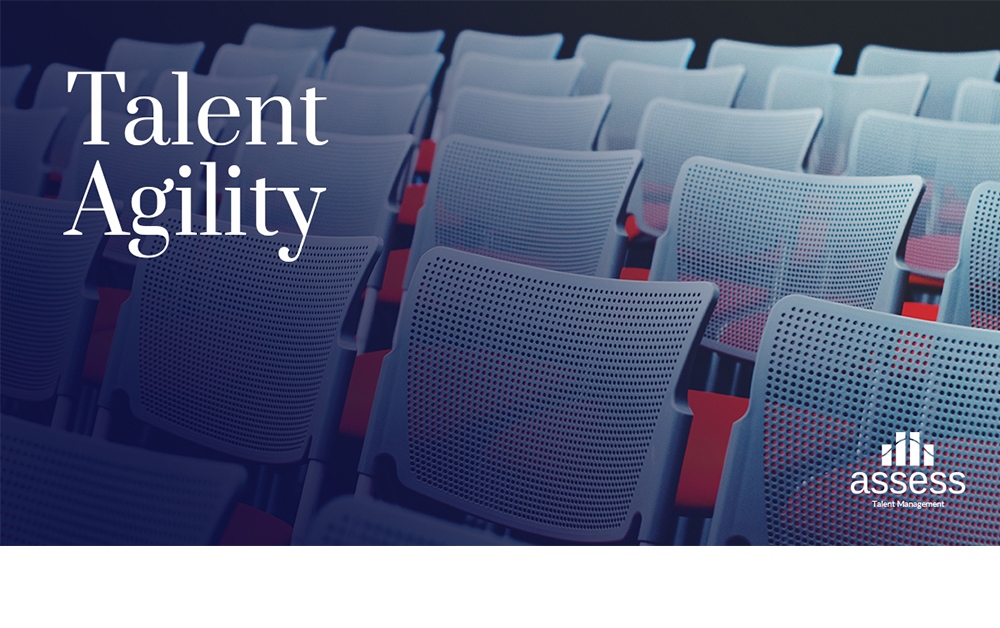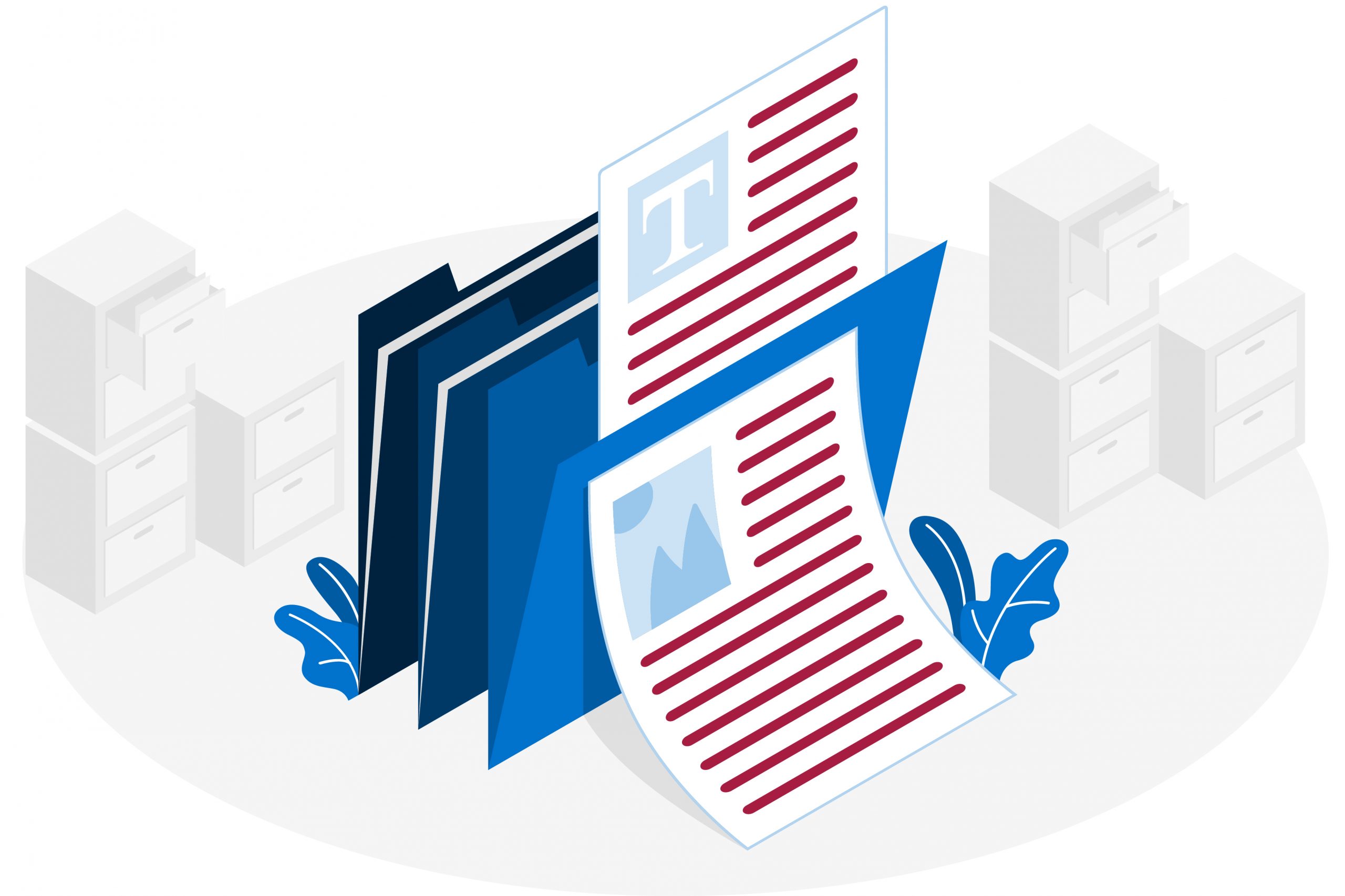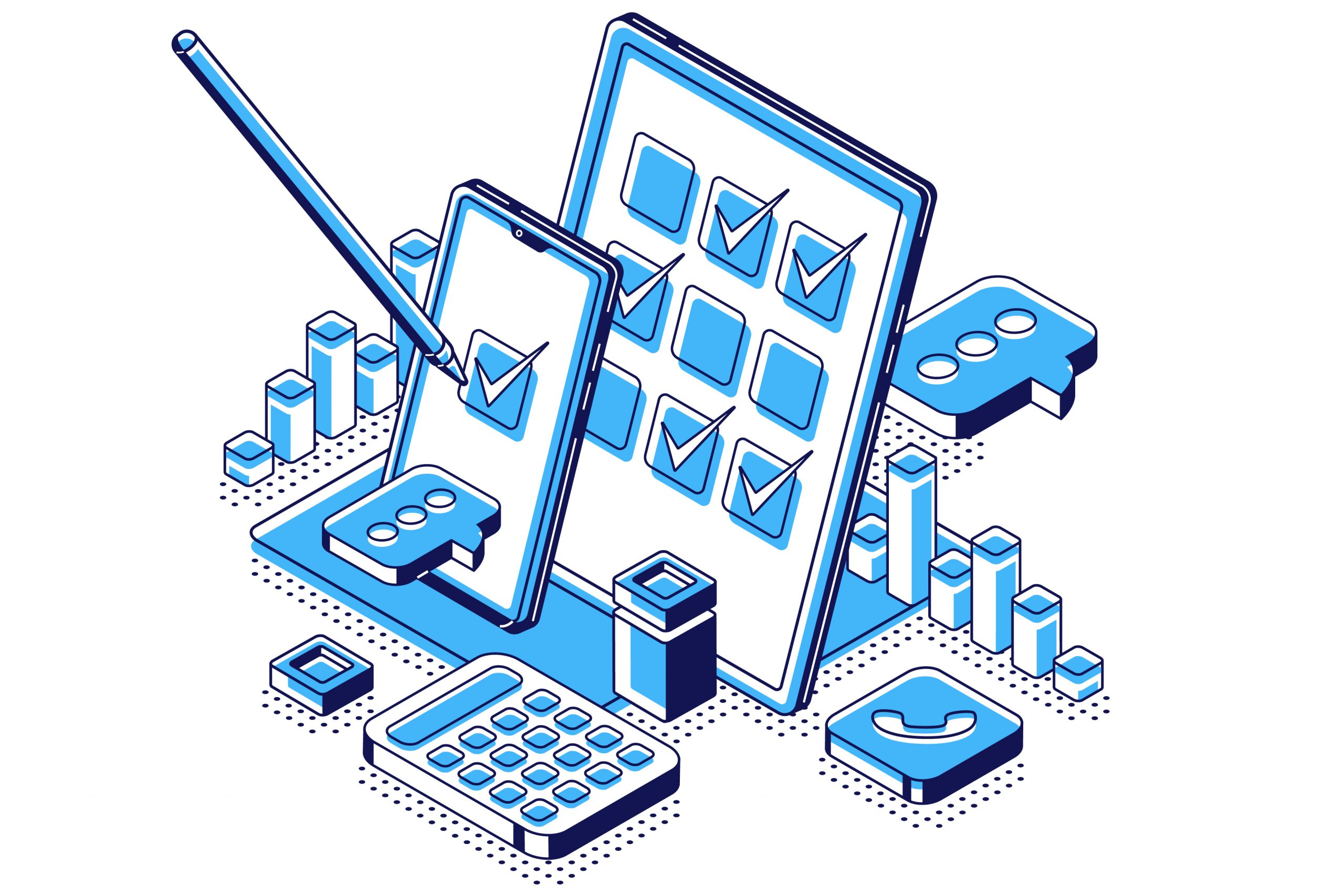Learning Agility
By definition, learning agility describes how naturally learning new things come to each individual. Those with strong ‘learning agility’:
Professionals with high learning agility continuously seek new challenges, and are always trying to receive direct feedback to further improve their performance and enhance their techniques. Rather than choosing to shy away from opportunities of criticism presented to them, professionals with high leaning agility tend to continuously self- reflect and display high levels of self-awareness when working.
High levels of learning agility also mean that individuals can think critically in first time situations, and are not afraid of unfamiliar territory. They can strive when presented with different situations and can easily use their previous experiences to ensure that the experiences they deal with in the future are better shaped. Being able to learn from past experiences quickly and strive in new situations are both qualities that arise out of having high levels of learning agility. Subsequently, this also means that these individuals thrive on change and the idea of new experiences; they are always on the lookout to learn new things and are always determined to improve on their existing skill set. By thriving on change and getting excited by the chance of experiencing new things, individuals with high learning agility can also work well with an array of personalities.
Learning agility is the key to unlocking our adaption ability. It is knowing what to do when you don’t know what to do. It is the ability to learn, adapt and apply ourselves in situations that ate constantly changing. It is a reliable indicator of leadership potential, because it is a set of skills that allow us to learn something in one situation and apply it in a completely different one, which is what is expected of managers and leaders.
How to determine your learning agility level?
How to know if you have good levels of learning agility? You:
- Constantly challenge the status quo in order to make improvement by finding new ways to reach the best solution
- Are calm during difficult situations and can easily identify when a problem is likely to occur
- Can critically evaluate your choice and experiences and use past mistakes as lessons
- Choose and enjoy to take on roles that are new and challenging
- Seek feedback, because you understand this is the best way to grow and develop
Symptoms of low learning agility
On the other hand, those with low levels of learning agility tend to:
- Choose the easiest solution when faced with a challenge
- Use stress as a source of energy to get things done
- Attempt to accomplish more by moving quickly from one task to the other
- Disregard failures criticisms when facing new challenges
- Only choose to take on challenges you know you will succeed at
- Easily take credit for successes but constantly make excuses for failures
How to improve learning agility?
In order to improve your learning agility you need to:
- Always challenge yourself to come up with new solutions, even when faced with the same problem
- Make a habit out of brainstorming new ideas
- Regularly ask questions to understand the situation
- Seek honest feedback on performance
- Take on new challenges that push you out of your comfort zone
ASSESS TM will be launching a new learning agility test that users can take to determine their status when it comes to learning new skills! Assessing learning agility will determine how suitable a candidate is for a management or leadership position, allowing employers to easily spot and recognize talented team leaders.


